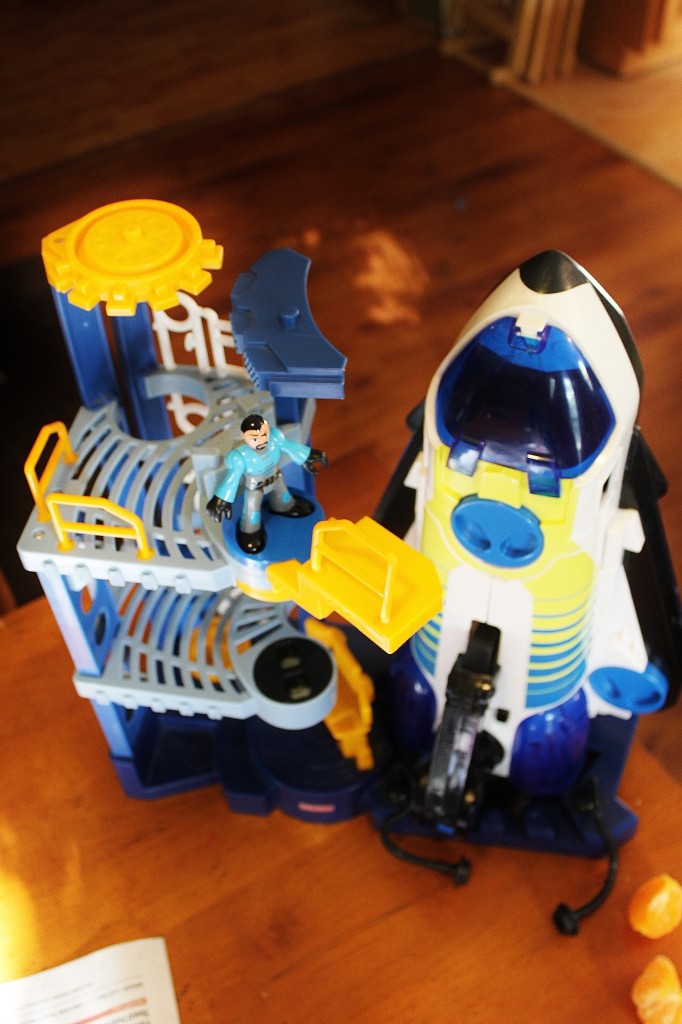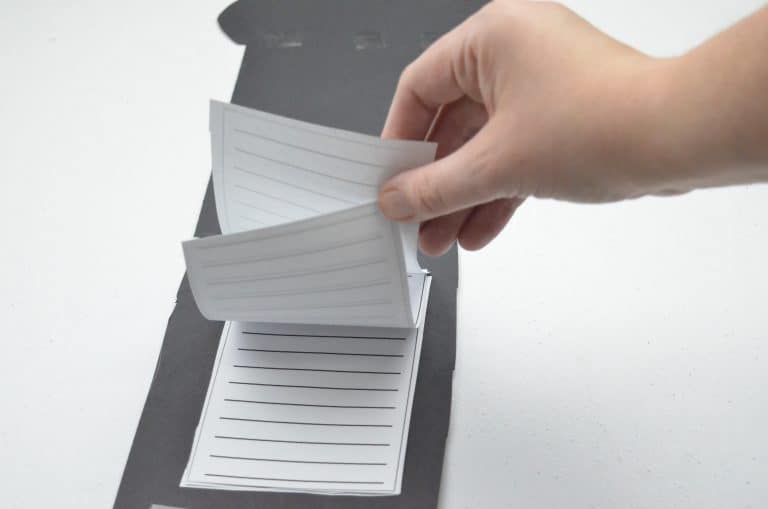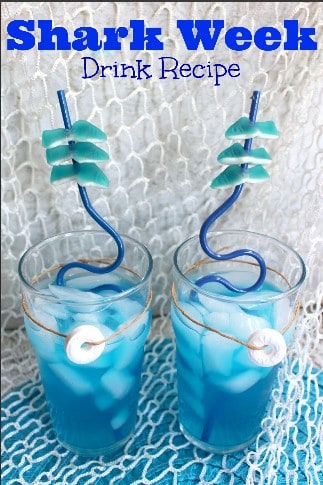What are Black Holes? Lesson for Kids
This post may contain affiliate links, view our disclosure policy for details.
Some objects in the night sky are easier to identify and explain to children than others. Black holes, for example, are these powerful masses that pull things in space into them – but you can’t see them just by looking up at night! Understanding what a black hole is and how it works requires a little knowledge of gravity and stars by children, but once they understand these concepts they can begin to understand black holes with a few activities to demonstrate.
With all the intricacies to black holes, this might seem like a daunting lesson to teach, but there are actually a couple very simple lessons that can help you demonstrate the basic principles behind black holes.
Objectives:
Children will be able to understand how black holes are formed. A basic understanding of how black holes work and what they do will be gained. The basic anatomy of a black hole is understood.
Discussion:
Prior to performing the activities, discuss with children the idea that gravity works to pull other masses and objects towards a larger mass. This concept is important because black holes work by pulling objects towards them with their gravity (sort of like the way a vacuum sucks dirt into it). Also discuss how stars are formed and die. Black holes are the result of dying stars that have compressed.
Activity:
To understand how black holes are formed, describe to children that a star requires a great amount of energy to survive, and like our sun, they then put out a bunch of energy which reaches us through sunlight. When a star has run out of all the energy available to it, it becomes too heavy to hold its shape and weight and collapses in on itself, much like a building being blown up would. When this happens, it has the potential to be much, much smaller, but also much stronger.
To demonstrate this to children there are a couple things you can use. Any set of window sun shades will work, or a large, dry kitchen sponge. Give the children the kitchen sponges and ask them if they can get the entire sponge into the fist of their hand, without any sponge showing. Once they are able to do so, ask them if it is easy or hard to hold onto. What they are feeling is pressure that the sponge is creating and pushing out onto their hand with. On the count of three tell children to open their hand and watch as the sponge begins to regain its shape and take up the original amount of space it did before being compacted into a small size. You can do the same with sun shades or that can be folded down in size and then spring back out when released. It gives children some idea of the pressure that is built up when items like stars are put into compact spaces.
Activity:
To help students understand how a black hole works to pull items into them with the help of gravity, a spiral wishing well is handy (check your local mall or science museum for one!). They are those huge funnels you see, with a hole in the bottom and a slot for a penny to be dropped into it. These wells are able to demonstrate that no matter where an object is near a black hole, it will always be pulled into its center.
Discuss Black Hole Anatomy:
Knowing the parts of a black hole help children speak about what happens in each area, and understand what others are referring to when they discuss black home activity. The center of a black hole is called its core, or Singularity. The black hole is strongest at this point. The middle layer around the core is called the Inner Event Horizon, objects that get stuck here will eventually reach the Singularity and have no chance of escape. Finally, the outermost layer of the black hole is referred to as the Outer Event Horizon, at this point the black hole is weakest and objects can still escape.
Here’s a Video Link explaining black hole formation, anatomy and gravity that your kids can watch to visualize it better: https://www.youtube.com/watch?v=VAMwPG5MzUs




